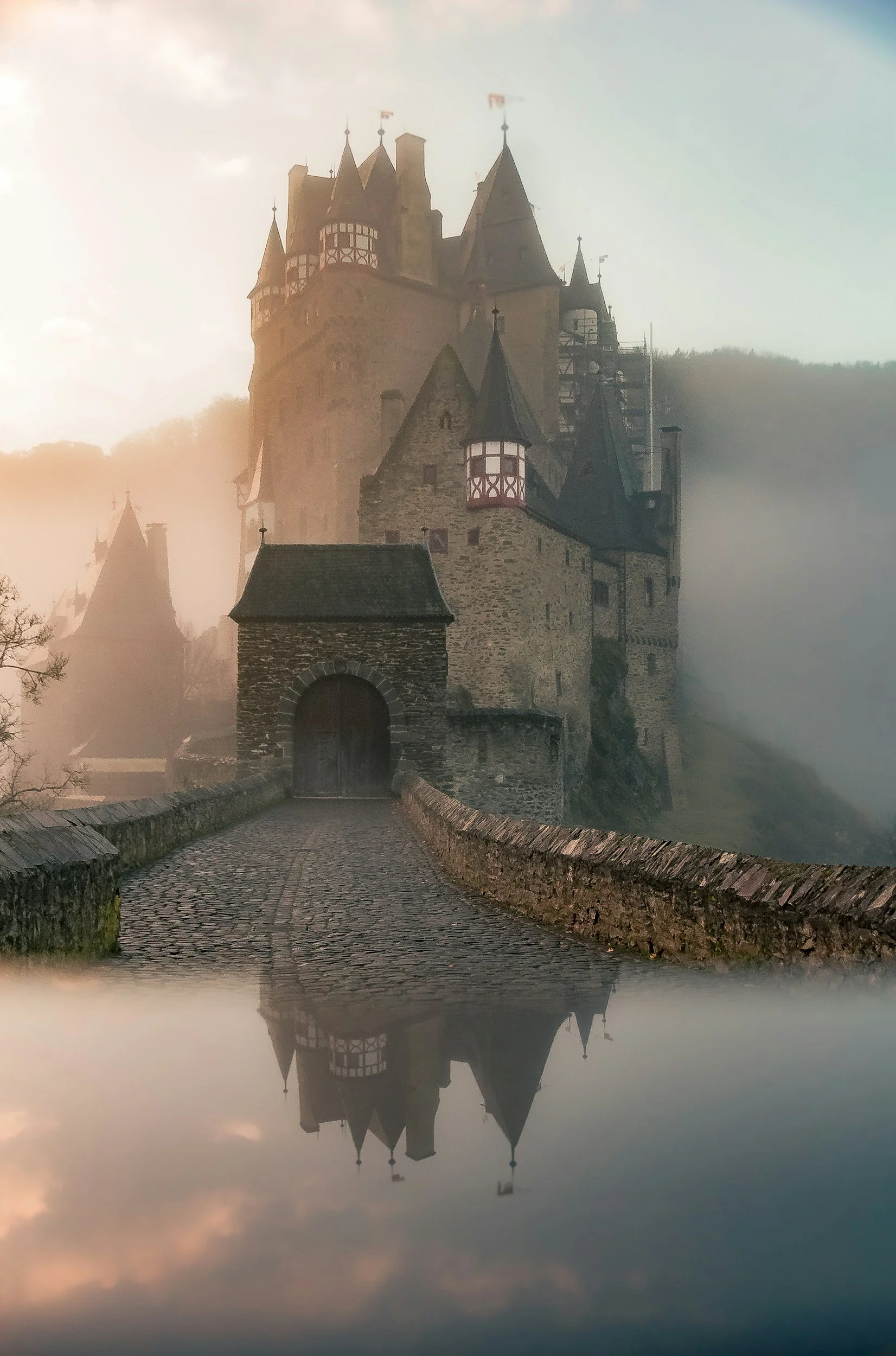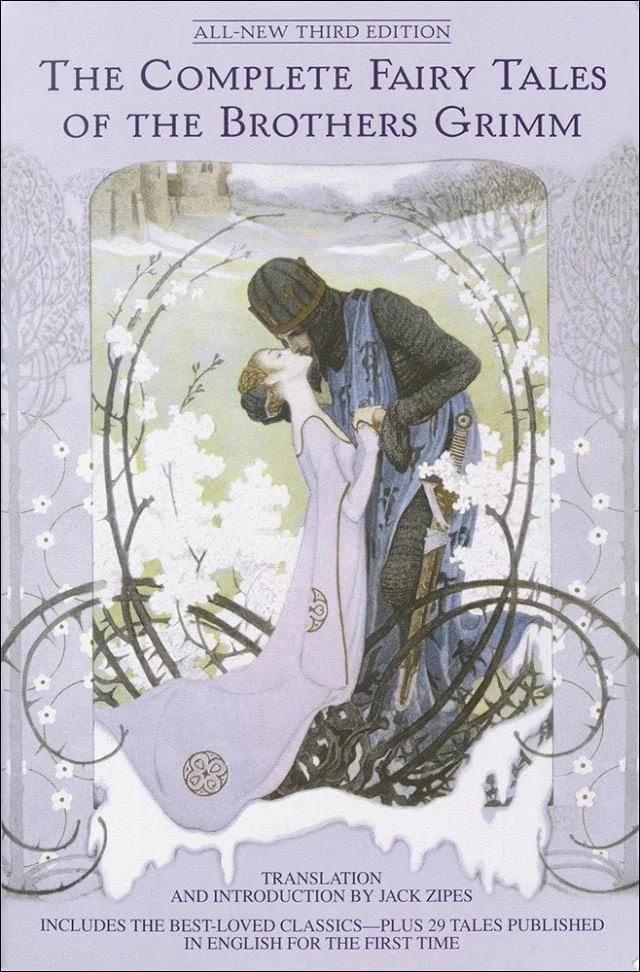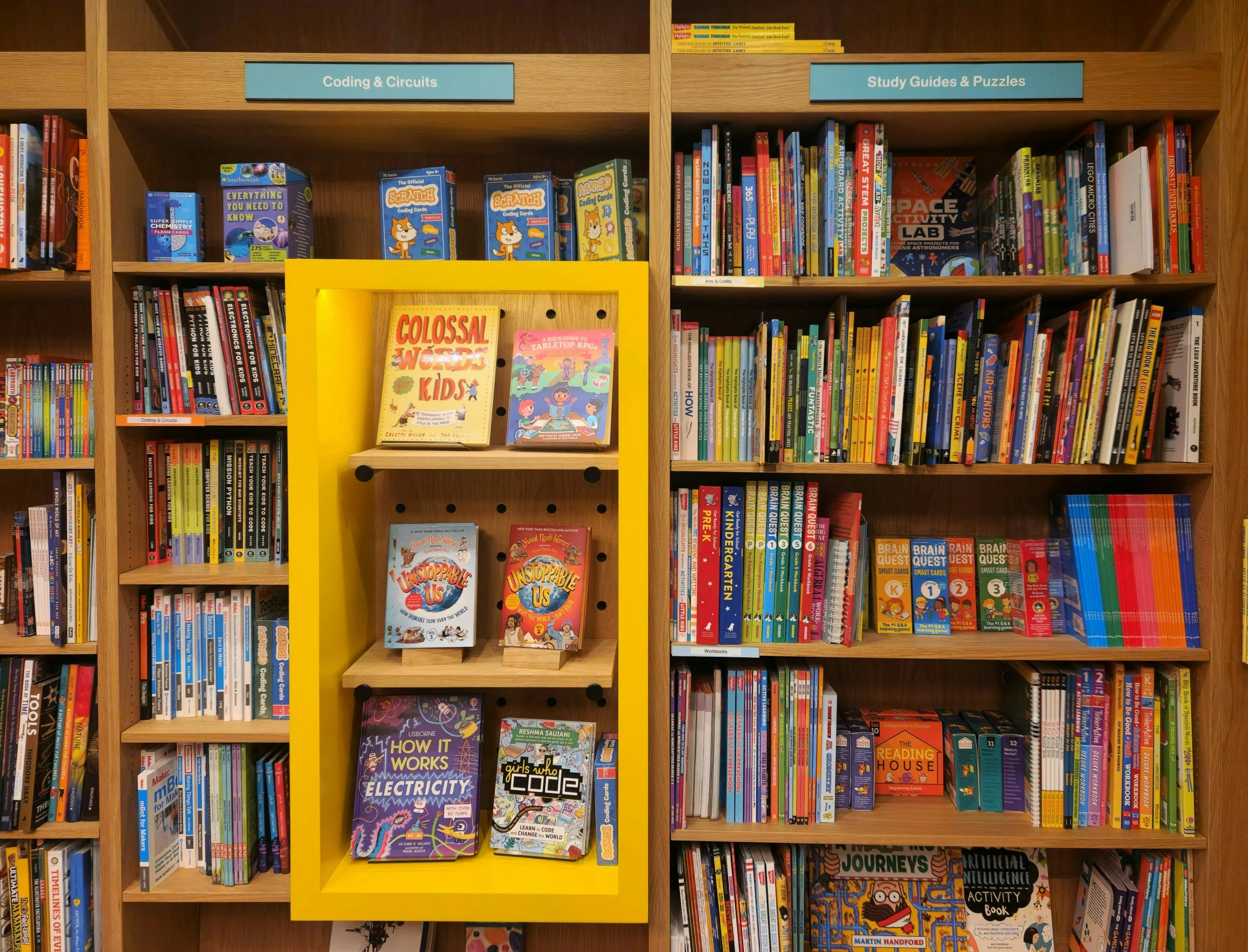6 Essential Fairytale Collections
6 August, 2025 ● Written by STORYVOR
Author G.K. Chesterton famously once said (more or less; the exact words have been scrambled, amended, and re-quoted numerous times over the past century): “Fairytales are more than true: not because they tell us that dragons exist, but because they tell us that dragons can be beaten.”
We think that statement is more than true as well. Fairytales are often dark, scary, or downright bizarre, but they’re also storytelling boiled down to its purest form, told and retold over thousands of years until they’re at their most direct and effective. They’re strange and enchanting, yes, but they also offer us blueprints for navigating very human emotions and challenges, and give us solutions (or warnings) for dealing with those challenges.
Though not originally written for children, fairytales can be excellent literacy gateways for at home or in the classroom. They’ve influenced generations of writers and thinkers, from J.R.R. Tolkien to Albert Einstein, and — when handled with care — they can be perfect for discussing or teaching a vast array of topics, from history and folklore, to cultural norms, storytelling tropes, and ethics. Even when a fairytale has an unhappy ending, or some bit of gruesomeness (common in fairytales; see our note at the end of this section), you can be sure they’ll lead to fruitful discussions on things like good and evil, jealousy, ambition, courage. Expect plenty of head-shaking from younger readers, but also delight and awe at the twists and turns of these tales.
We recommend reading fairytales from all over the world, and we recommend that everyone do it, at almost every age. (Grown-ups, too. No one is too old for fairytales!)
Tip: Classic fairytales are often considerably darker than the many movies that have been based on them. Parents, make sure you’re aware of your young readers’ sensitivities. Teachers, if you’re thinking to use fairytales in school, we recommend reading collections in advance and choosing stories appropriate for a classroom setting.
The Happy Prince and Other Tales
by Oscar Wilde
Victorian author Oscar Wilde’s fairytales are often somewhat underrated next to big names like the Brothers Grimm and Hans Christian Andersen. We think he deserves a place on this list due to the sensitivity, moral complexity, and beautiful language he injects into his stories of giants, princes, birds, and nature.
The Blue Fairy Book
by Andrew Lang and Leonora Blanche Alleyne
Victorian author Andrew Lang is credited with a series of color-coded fairy books including The Pink Fairy Book, The Grey Fairy Book, but The Blue Fairy Book, written and translated mostly by his wife, was the first to be published from the collection. It includes well-known tales from all over the world, and is moderately more gentle than other collections in this list.
The Complete Fairy Tales of the Brothers Grimm
by the Brothers Grimm
This is perhaps the most famous compendium of all fairy tales. The Brothers Grimm collected a wealth of stories during the 19th century, tales that have since woven themselves into the fabric of our collective imagination, like “Rapunzel”, “Cinderella”, and “Little Red Riding Hood”. As was the case for many fairytale writers, the brothers began their work not for children, but to preserve fading folklore and oral storytelling traditions, scribbling by candlelight, often from the tales of elderly women.
Classroom idea: If you purchase several fairytale collections for your home or classroom, you’re likely to find repeat stories. Many famous tales are found in cultures and storytelling traditions all over the world. For example, on this list, you’ll find versions of “Hansel and Gretel” in the volumes by Andrew Lang, Brothers Grimm, and Perrault. However, you’ll notice that the stories can vary significantly depending on the writer, translator, and country of origin. This can be an exciting jumping-off point for older students to compare variations of classic stories, almost like a literary version of the game “spot the difference”.
The Complete Tales of Hans Christen Andersen
by Hans Christian Andersen
Hans Christian Andersen is known for writing many classic fairytales that will no doubt be familiar to you: The Little Mermaid, The Princess and the Pea, the Snow Queen (famous as the inspiration for the Disney movie Frozen) are just a few of them. And they’re still worth reading today, though expect them to be considerably more startling and sad than you might remember from the movies.
Perrault’s Fairy Tales
by Charles Perrault
Enchanting but dark and scary, especially if you’re purchasing the edition featuring Gustave Doré’s haunting, stunningly detailed illustrations. Be warned, be ready to discuss with young readers, but also be prepared to be enchanted by these strange and wondrous tales.
70 Tiny Nighttime Tales
Illustrated by Ana Lang
Looking for gentler, condensed versions of some of the famous tales above? Look no further than this beautifully illustrated volume of fairytales, perfect for read-alouds or a magical story before bed.
Note: STORYVOR uses affiliate links. When you make a purchase through the “Buy book” buttons below, you directly support our mission to spread literacy and continue offering free resources to parents and educators worldwide. It’s no extra cost to you, but it makes a big difference.














